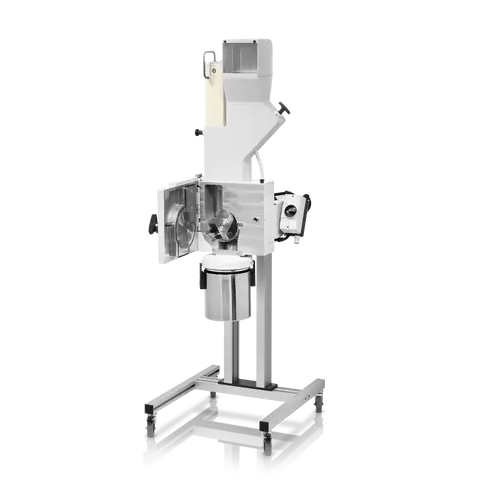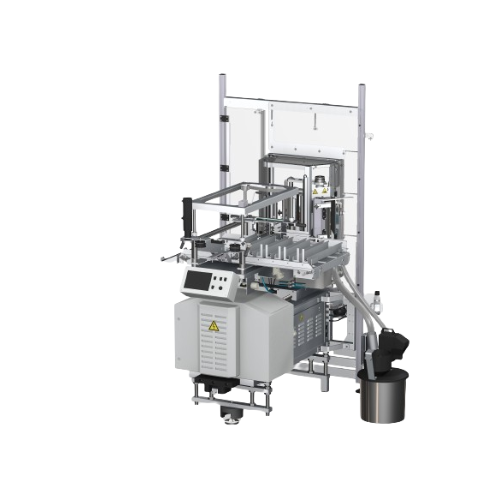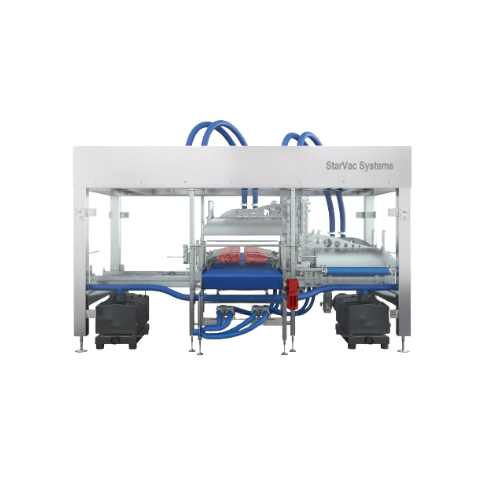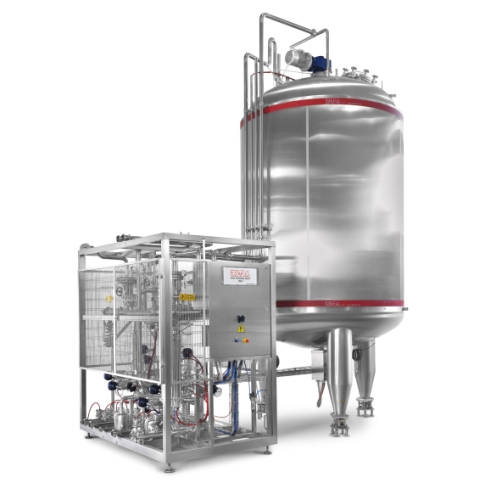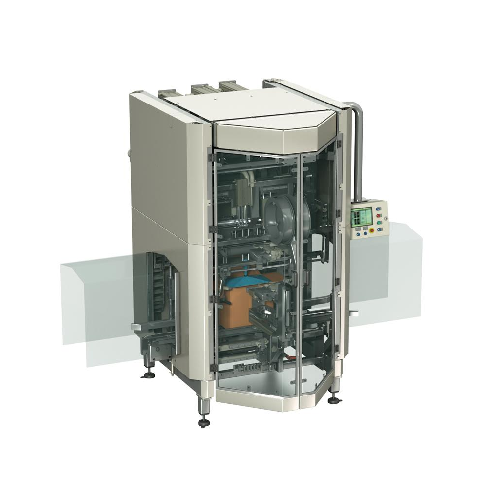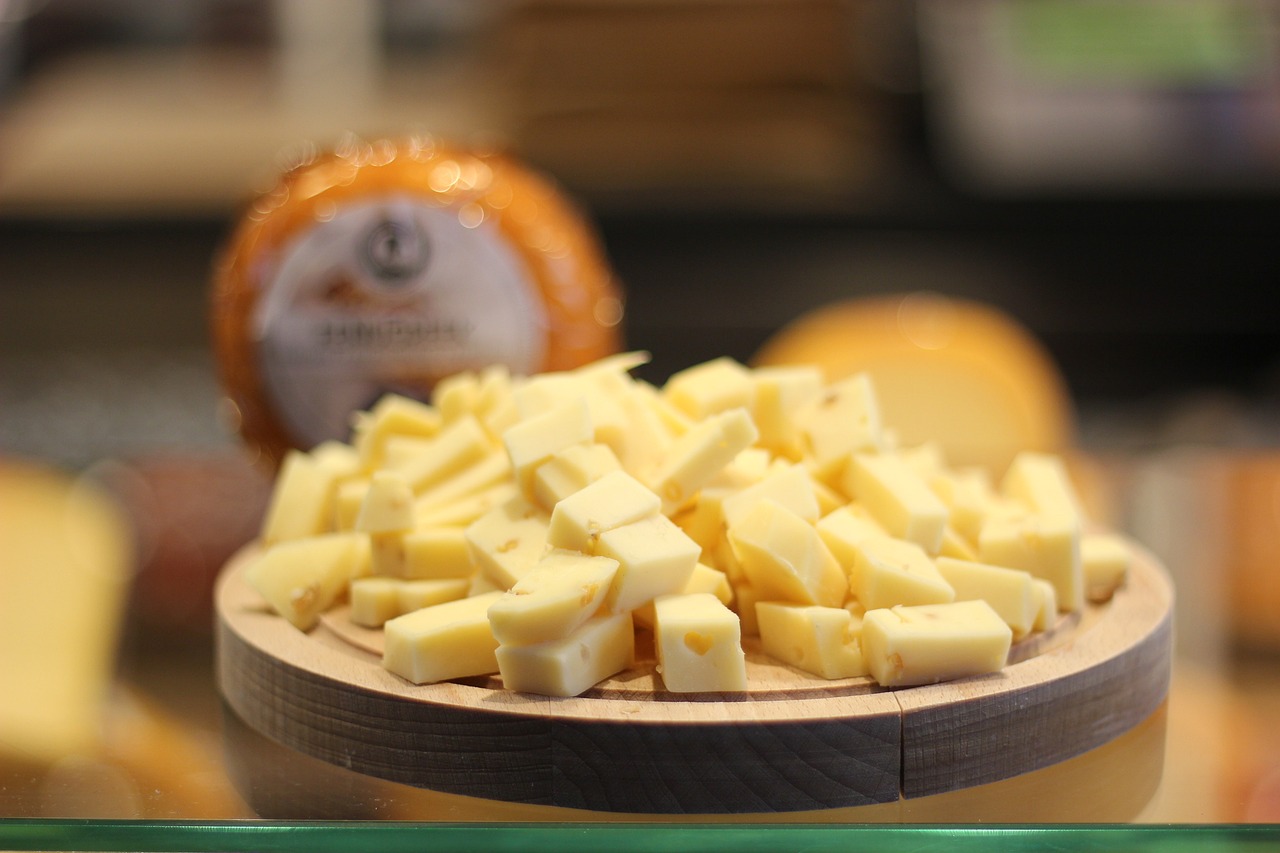
Cheese Blocks
Find innovative production technology for making cheese blocks and connect directly with world-leading specialists
Let's navigate the complex world of engineered-to-order production technology together. Whether you're building a new process or optimizing an existing line, our platform connects you directly to the experts who can help. Use our curated catalogue to dive straight into the technologies that match your production goals. We continuously map out how production technology from suppliers around the world can help solve real production challenges. If you find something interesting, we introduce you directly to the specialists who know how to implement it. With more than 600 trusted machine manufacturers and over 20.000 technical experts in our network, you’re never far from the answers you need.
Technology picks for cheese blocks

Cheese block cutting solution for small to medium batches
Efficiently divide large cheese blocks into precise bars or po...
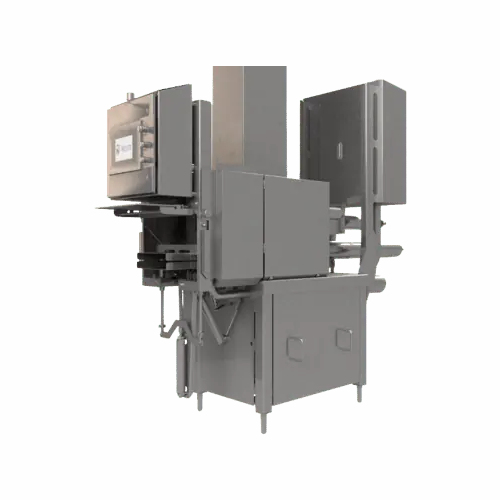
Cheese blockformer for dairy industry
Achieve consistent cheese block quality and seamless curd fusion through precision en...
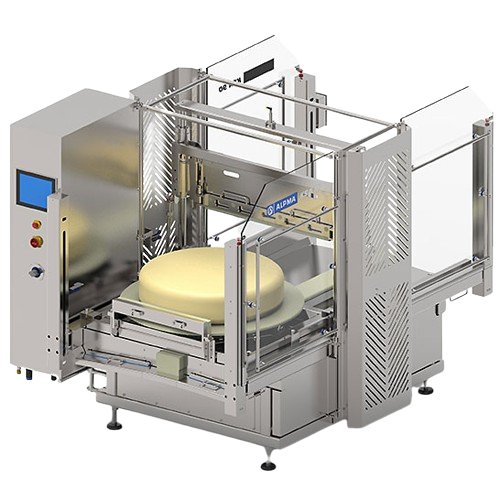
Cheese cutting solution for large round cheeses and blocks
Efficiently segment and portion diverse cheese types, whether...
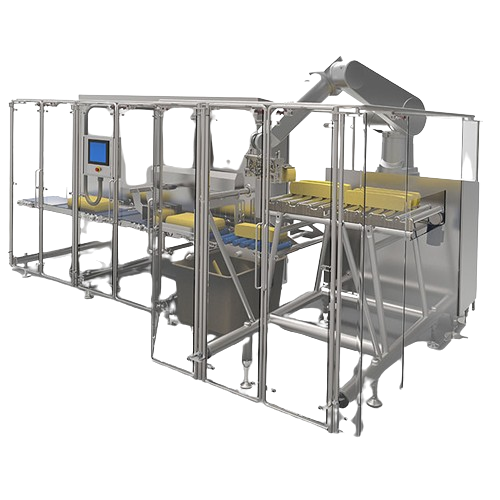
Block cutter for dividing cheese into bars
Effortlessly transform blocks of semi-hard cheese into uniform bars, ensuring o...
Tell us about your production challenge
Which cheese blocks technology do you need?
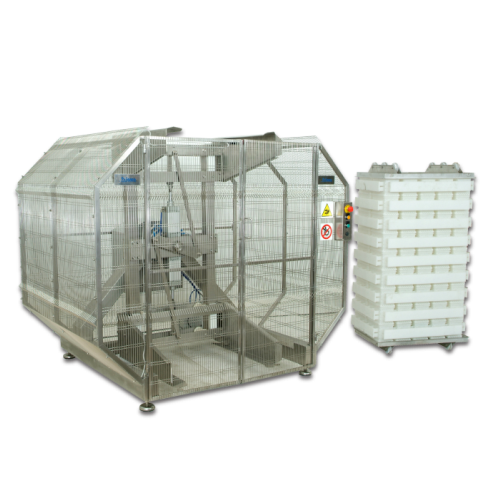
Stacked block mold tipping solution
Efficiently manage block molds with this tipping solution designed to streamline cheese...
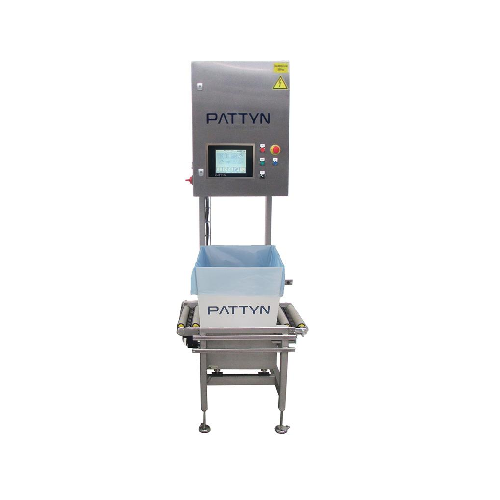
Box weight checkweigher for bulk bag-in-box applications
Ensure precise weight control in bulk packaging lines with this ...
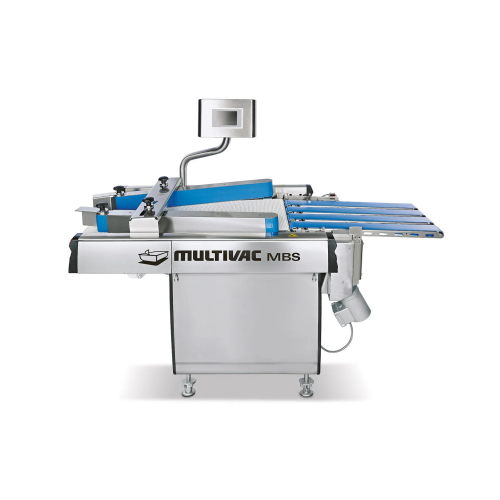
Mbs belt systems for seamless packaging integration
Optimize your packaging line with a system that seamlessly merges mul...
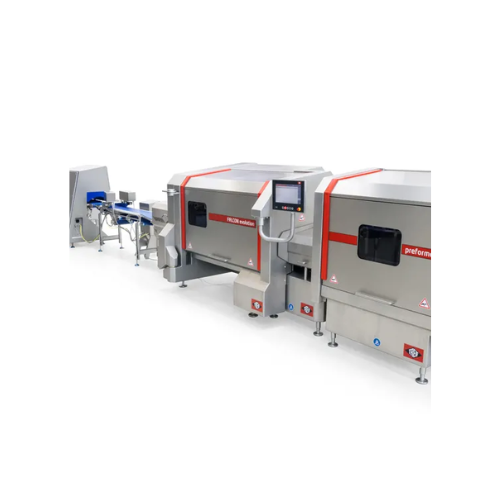
High-speed portion cutter with preforming option
Achieve precision and efficiency in portioning with high-speed cutting an...
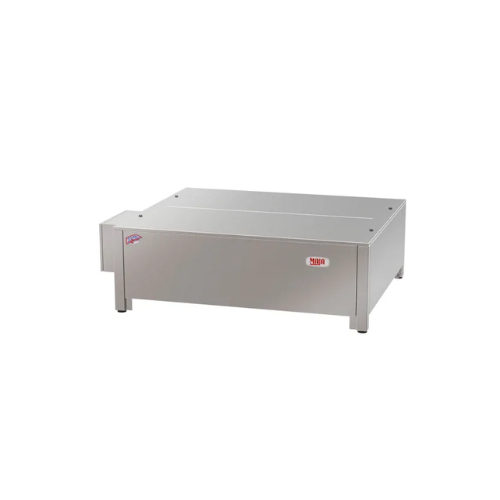
Flake ice production system for direct ammonia refrigeration
Optimize your cooling processes with a highly efficient ice...

Gravity fed metal detector for dried foods
Ensure product purity and safety with metal detection between gravity feed hopp...
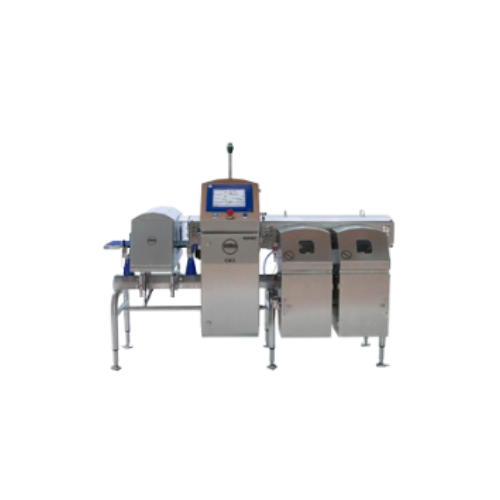
High-care food processing combination system with metal detection
Optimize your high-care food environment with a robus...

Cheese blockformer for dairy industry
Achieve consistent cheese block quality and seamless curd fusion through precision en...
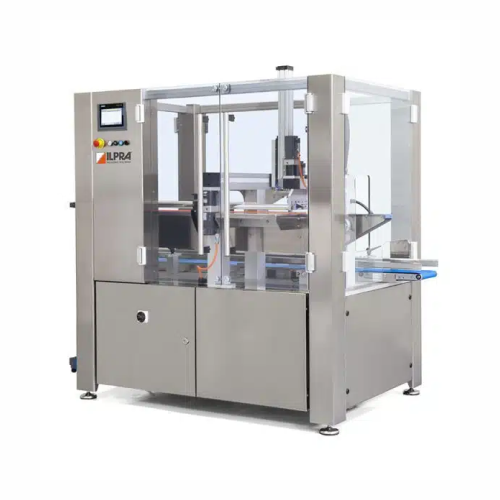
Automatic vertical casepacker for efficient packaging integration
Streamline your packaging process with a vertical cas...
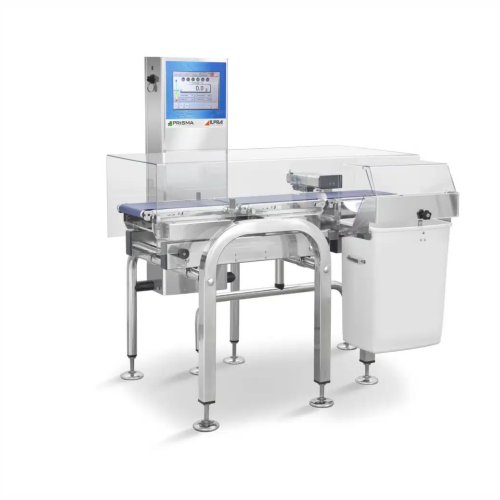
Industrial check-weigher for accurate product weight verification
Ensure precise weight compliance and reduce waste wit...
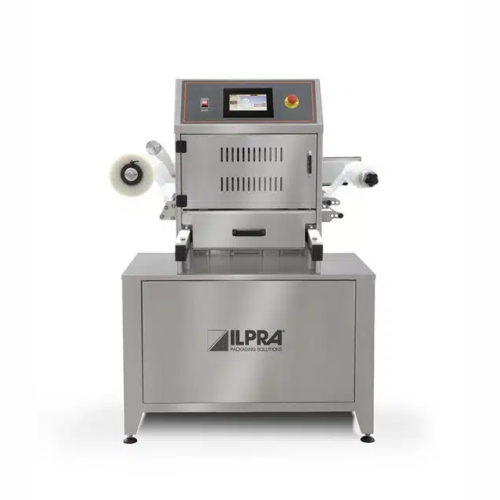
Semi-automatic tray sealer for skin packaging
Optimize your small-scale food packaging with a compact tray sealer designed...
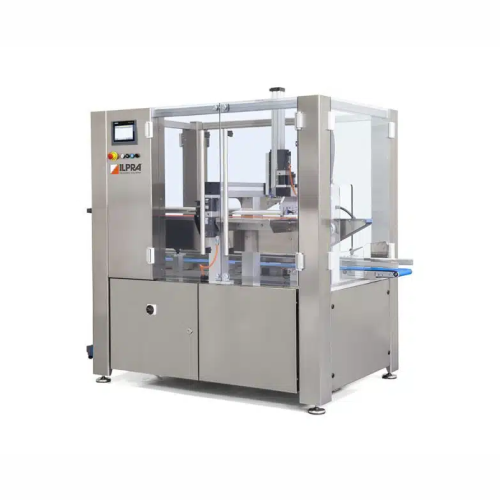
Industrial pick and place system for packaging
Streamline your packaging line with precise robotic pick and place operatio...
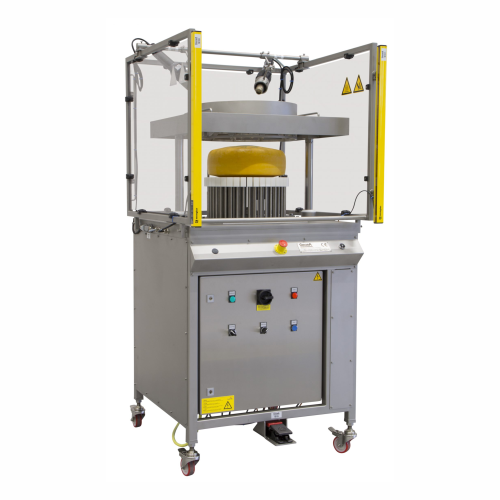
Vertical cheese portioning system
Achieve precise and customizable cheese portioning with a system that adapts to various s...
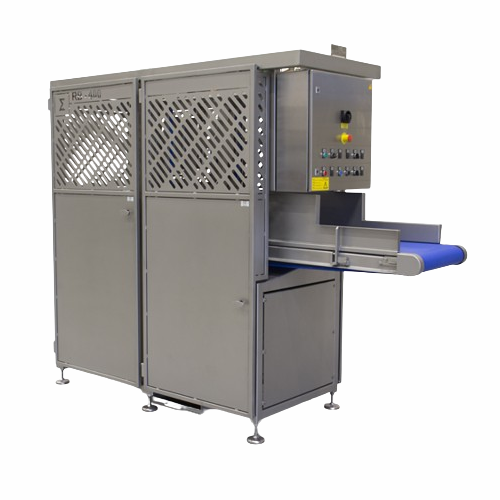
Cheese cubing solution for further processing
Optimize your cheese processing efficiency by transforming whole cheese bloc...
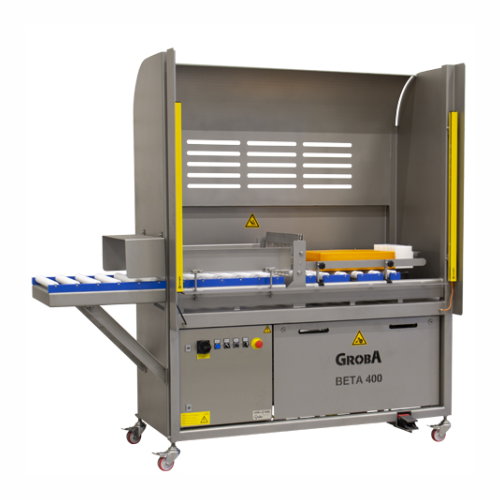
Square and rectangular cheese cutter for bars and halves
Perfect for cheese processors needing precision, this machine ef...
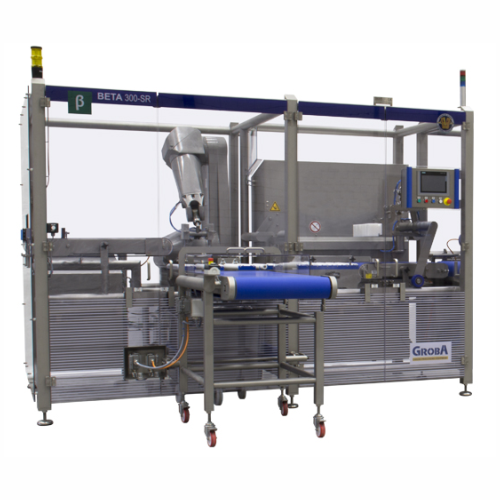
Fully automatic slicer feeder for cheese bars
Enhance your cheese processing efficiency with high-speed slicing and sortin...
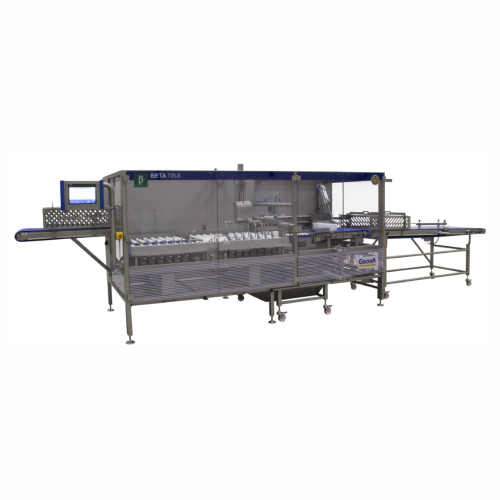
Automatic slicer feeder for large cheeses
Streamline your cheese processing with a system designed to seamlessly transform...
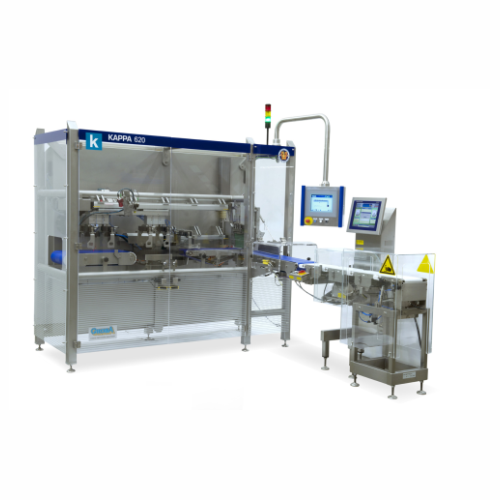
Cheese portion cutting solution
Achieve precise weight-based portions for cheese products, enhancing product consistency and...
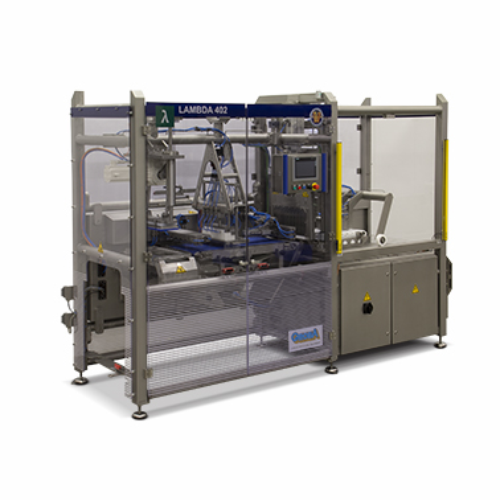
Cheese snack cutter for various shapes and sizes
Streamline your cheese production with precision cutting for a variety of...
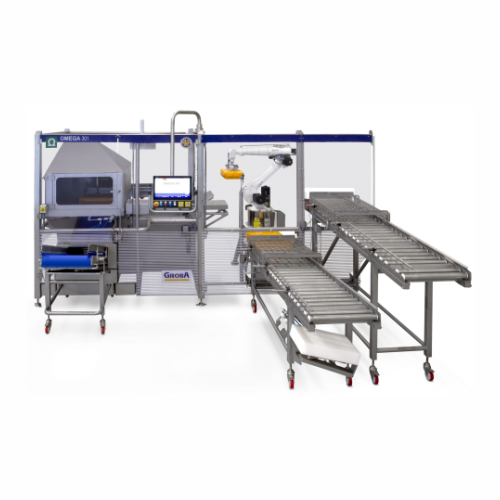
Automatic cheese derinding system for rectangular cheeses
For cheese processors seeking effortless precision, this machi...
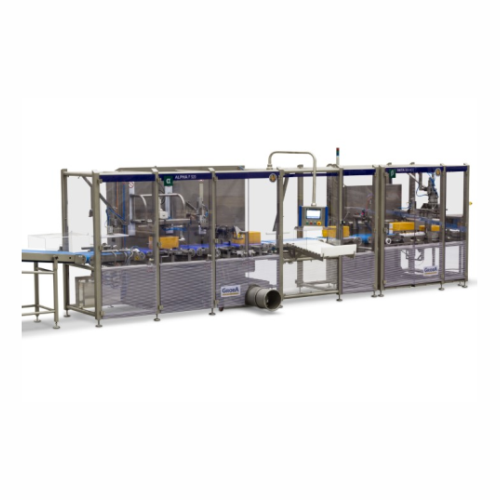
Automated cheese unpacking and cutting line
Streamline your cheese production process with a fully automated system capabl...
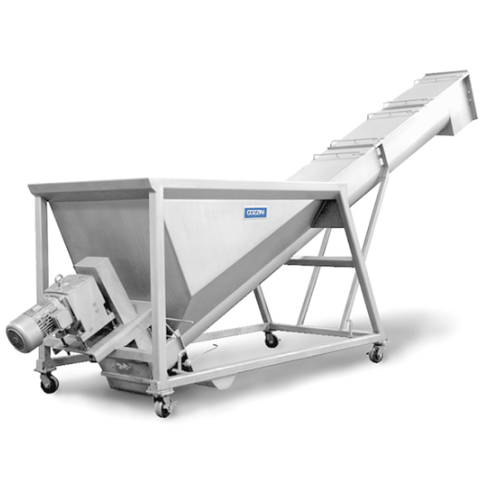
Inclined screw loader for food processing
Optimize your food processing line with an inclined screw loader, designed for e...
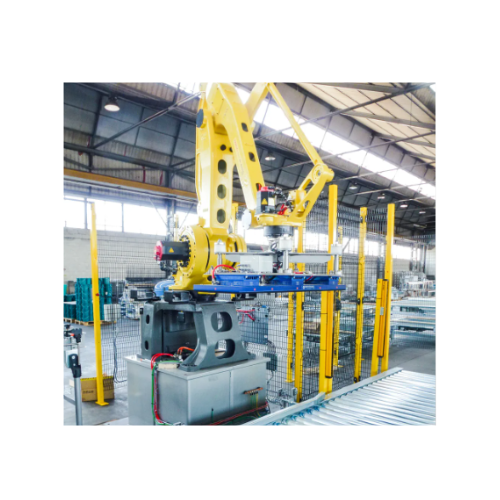
Robotic palletizer for material handling
Experience seamless and efficient palletizing with advanced robotic solutions desi...
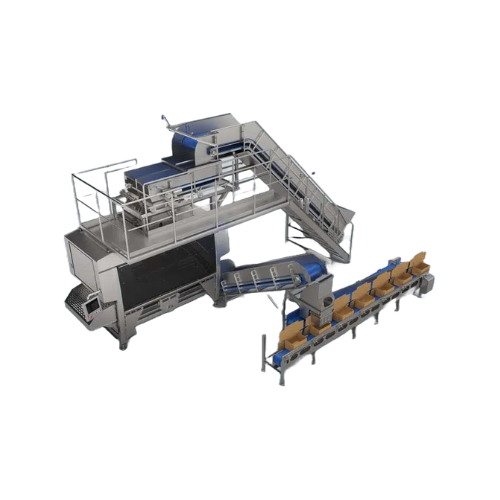
High-speed weighing system for large batch sizes
Maximize yield and minimize waste with a high-speed batching solution des...
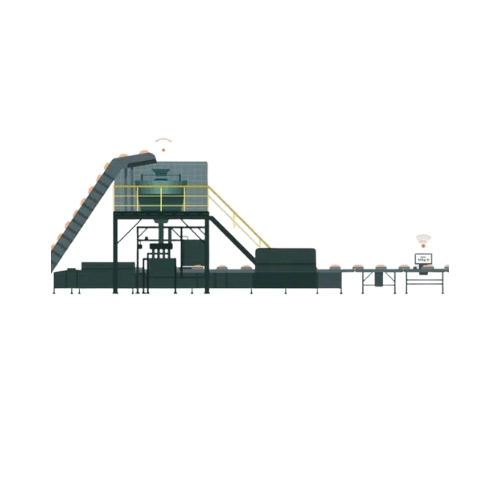
Optimization solution for weighing processes
Achieve precise weight compliance with minimal give-away using advanced monit...

Flexible weighing and packaging solution for small batch producers
Streamline your packaging line with a mobile solutio...
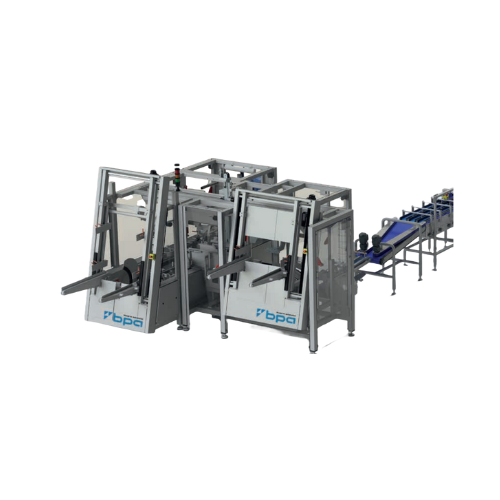
Vertical packing pattern case packer
Optimize your packaging efficiency with this high-speed case packer designed for seaml...
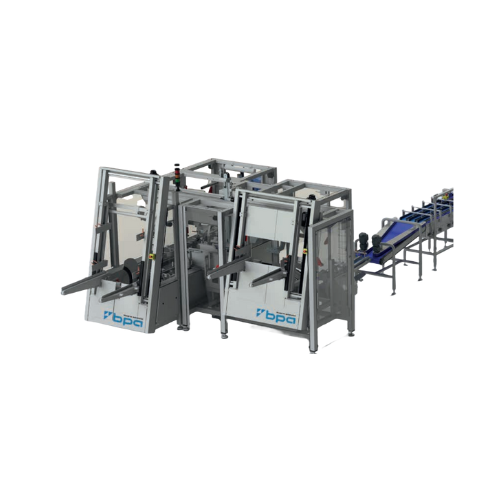
Wrap around case packer for horizontal and vertical packing patterns
Optimize your palletizing and distribution with a ...
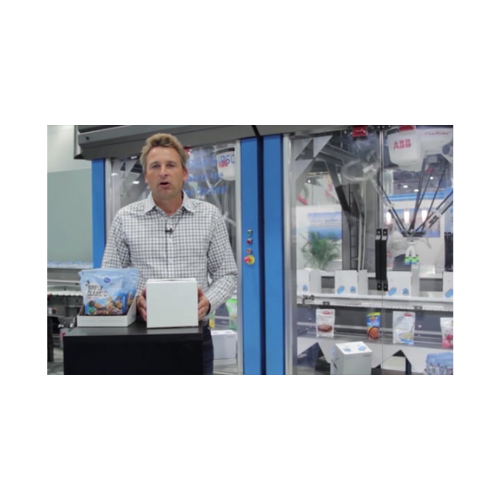
Automated retail ready case closer
Optimize your retail packaging process with a solution that seamlessly seals and closes ...
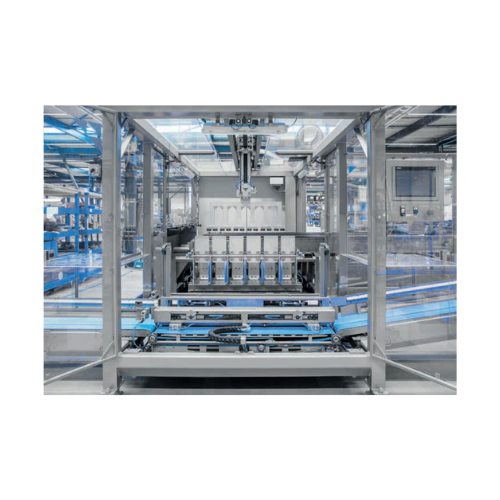
High-speed vertical and horizontal case packer
Enhance your packaging line efficiency with a versatile case packing soluti...
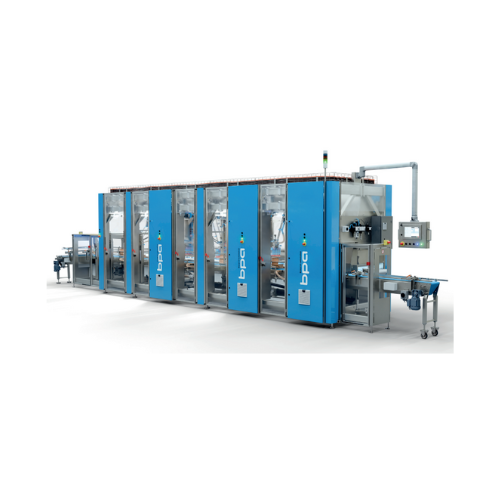
Horizontal case packing and tray loading
Enhance your packaging line efficiency with a highly adaptive system that seamless...
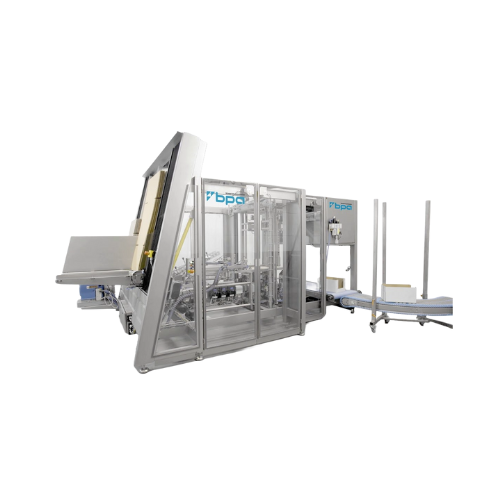
Tray erecting system for various tray styles
Effortlessly configure diverse tray styles with an efficient system designed ...
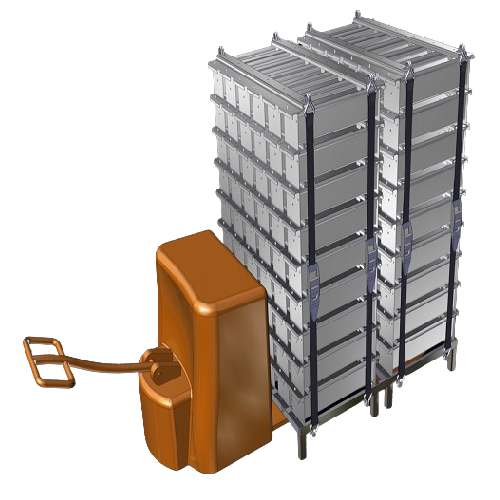
Stainless steel molds for shaping meat products
Enhance product consistency and hygiene with custom-designed stainless ste...

Cheese cutting solution for large round cheeses and blocks
Efficiently segment and portion diverse cheese types, whether...
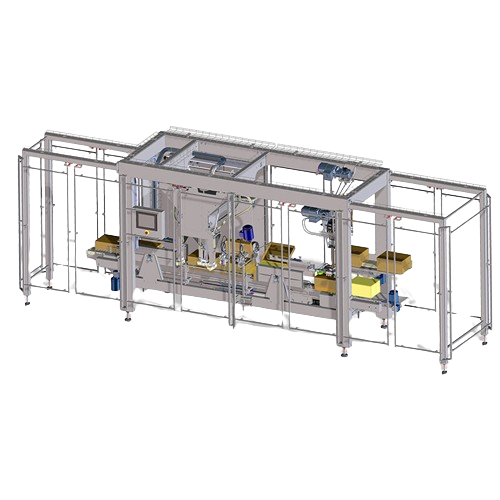
De-boxing system for cheddar blocks
Streamline your cheddar cheese production with efficient de-boxing, ensuring seamless i...
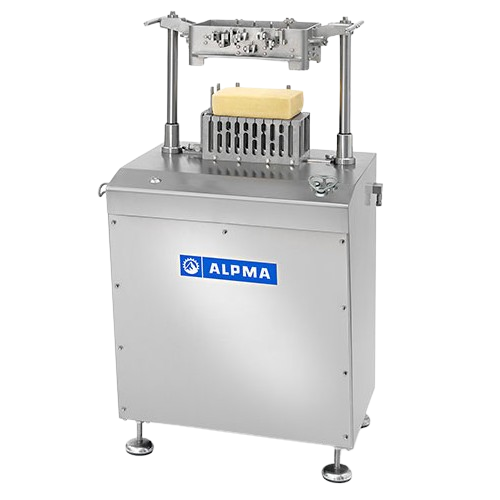
Hydraulic cutter for semi-hard cheese
Efficiently portion and cut semi-hard cheese and mozzarella into precise blocks, whee...
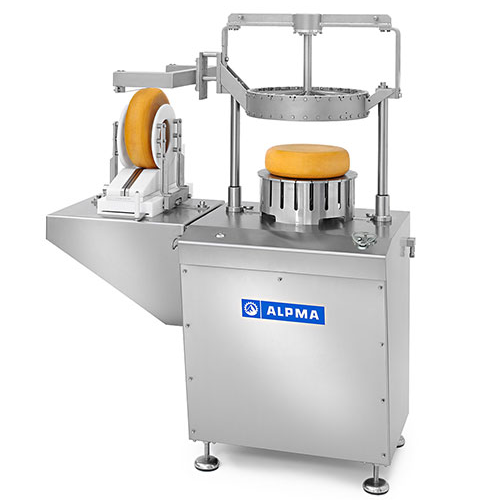
Hydraulic cheese cutter for round and block cheese
Optimize your cheese production with precise cutting for various chees...
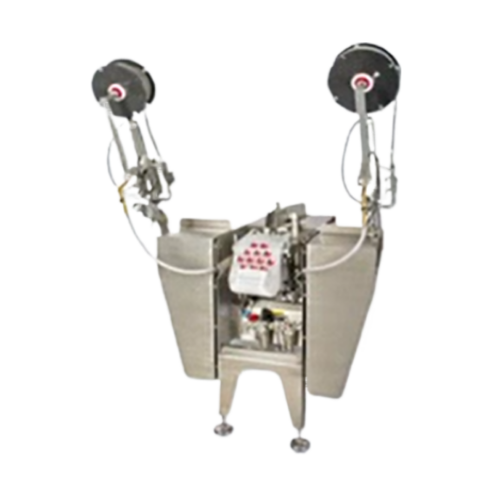
Shrink-bag poultry bagger
Optimize your poultry and meat packaging with a high-speed bagger designed for precision and effic...
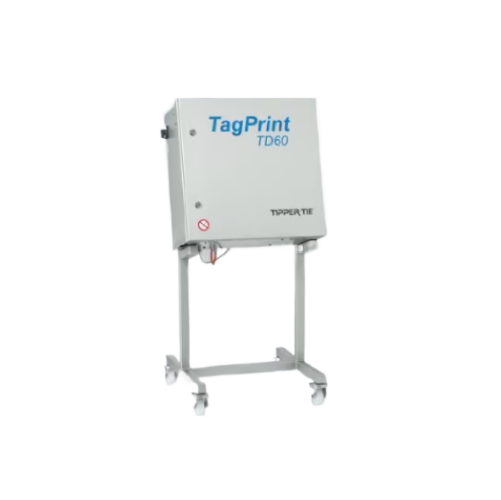
Industrial labeling system for precise product traceability
Enhance your production line with a state-of-the-art system ...
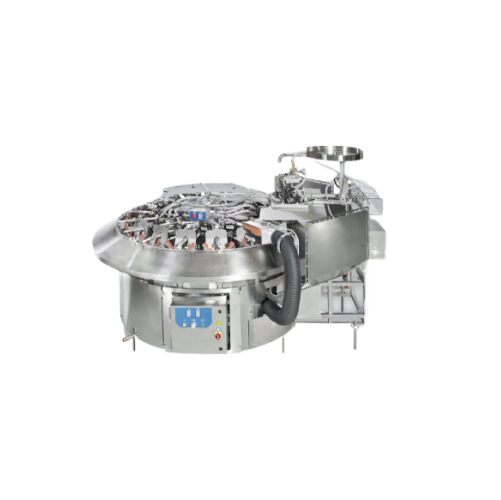
Vacuum packaging system for whole birds and meat products
Optimize your packaging line with this high-speed vacuum syste...
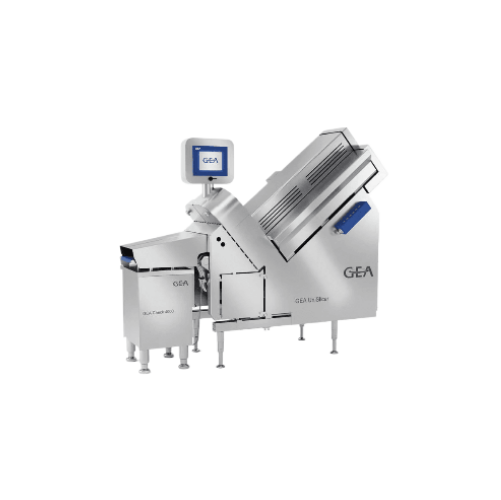
Industrial slicer for cooked ham and calibrated products
Achieve precision slicing and flexible portioning of meats and c...

3a certified product recovery system for food and pharmaceuticals
Optimize your production line with a system designed ...
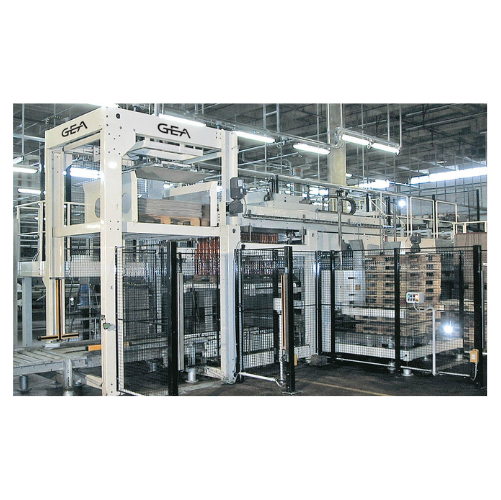
Industrial depalletizer for high-speed operations
Optimize your production line efficiency with a high-speed depalletizin...
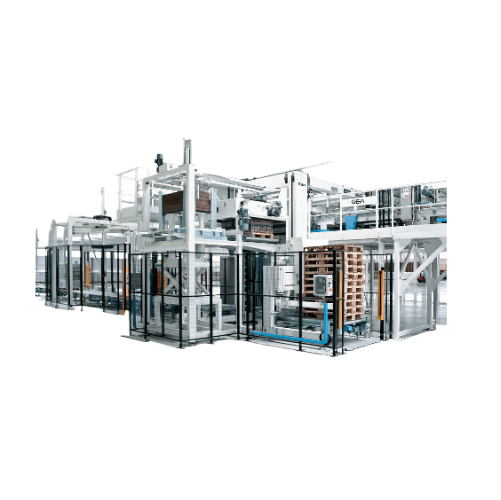
High level infeed palletizer system
Optimize your production line with a high-speed palletizing solution that seamlessly in...
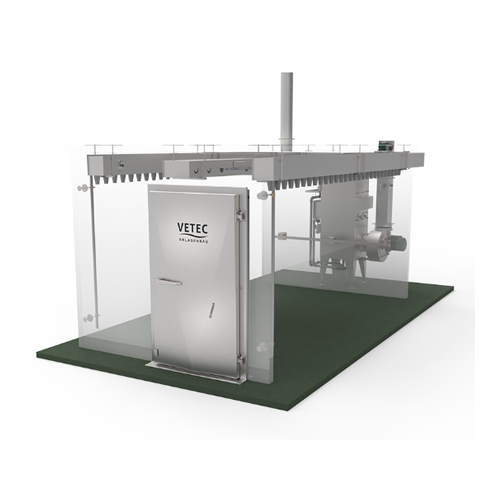
Air-conditioning curing for raw sausage production
Enhance your meat processing line with precise climate management for ...
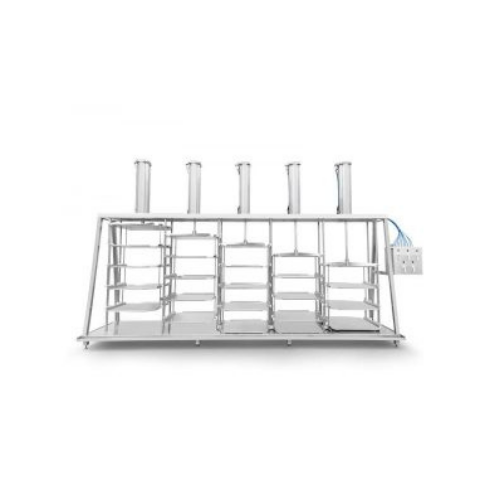
Industrial pressing system for convenience food
Optimize your production line with a versatile pressing system, designed t...
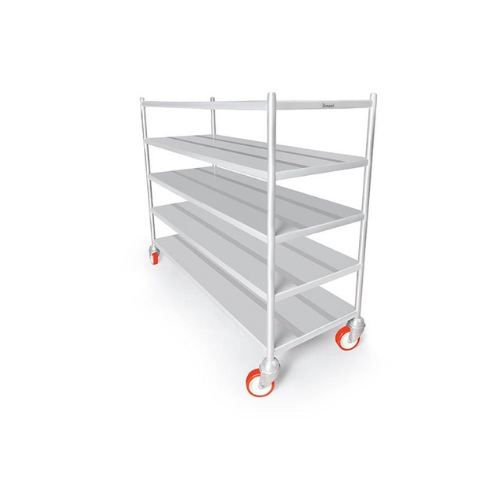
Stainless steel trolley for industrial use
Streamline material handling and storage in food processing operations with a v...
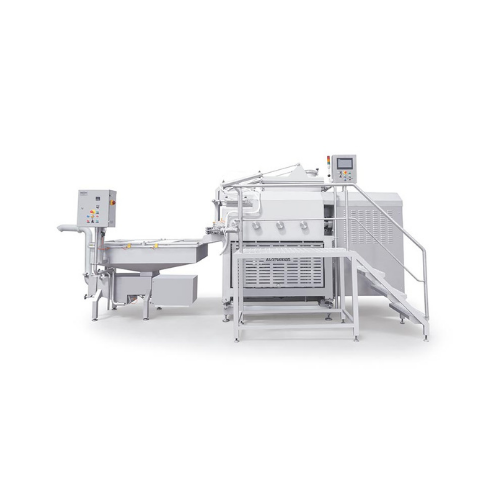
Steam cooker and stretcher for cheese production
Easily integrate versatile steam cooking and stretching to enhance your c...
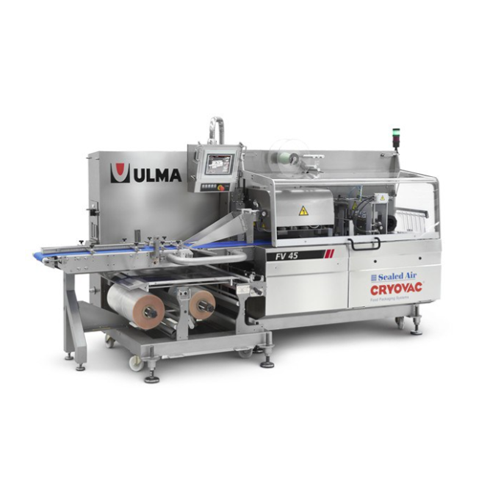
Horizontal flow wrapper for vacuum packaging
Enhance your food packaging line with a solution designed for precision vacuu...
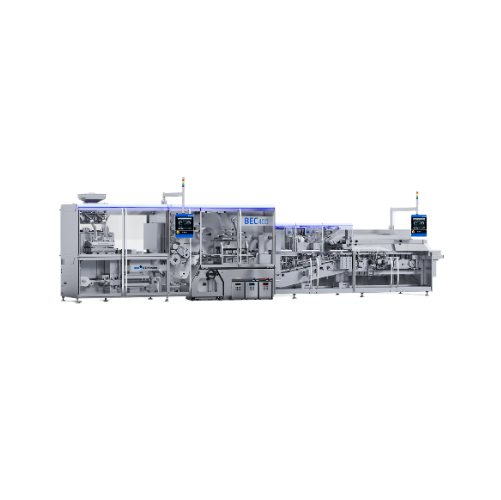
Fully automated packaging lines
Streamline your production with versatile packaging lines designed to handle a range of good...
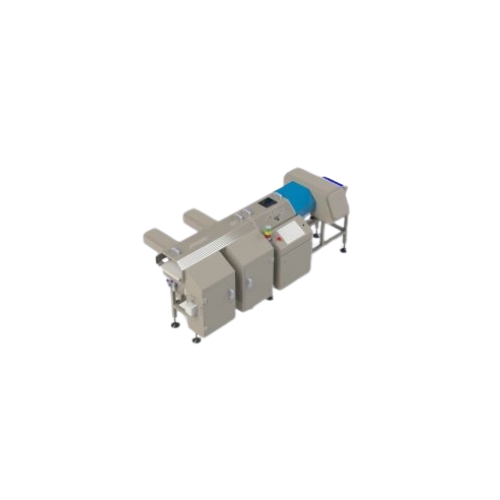
Combined metal detector and checkweigher for food production
Ensure compliance and safety in food production with this i...
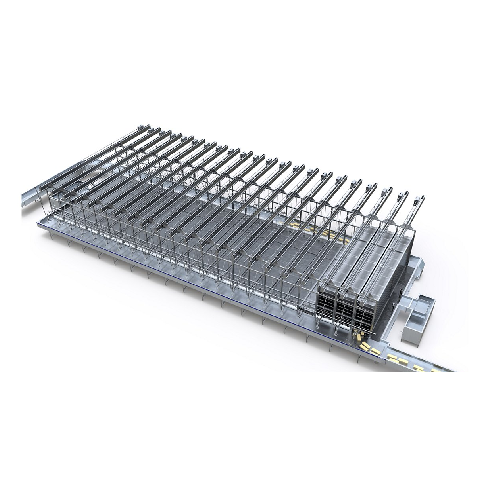
Efficient brining system for cheese production
Ensure precise temperature control and consistent quality in your cheese pr...
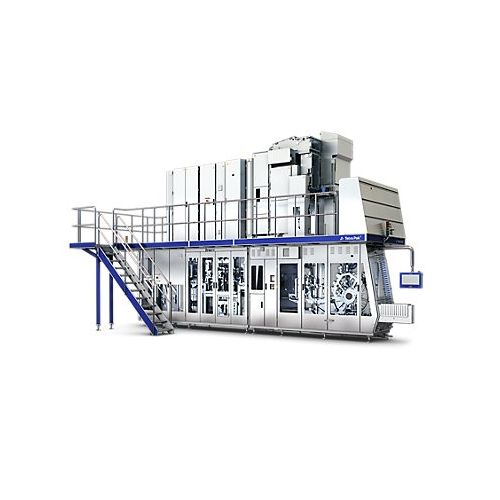
Filling solution for tetra brik® packages
Optimize your filling and packaging process with a system that seamlessly switch...
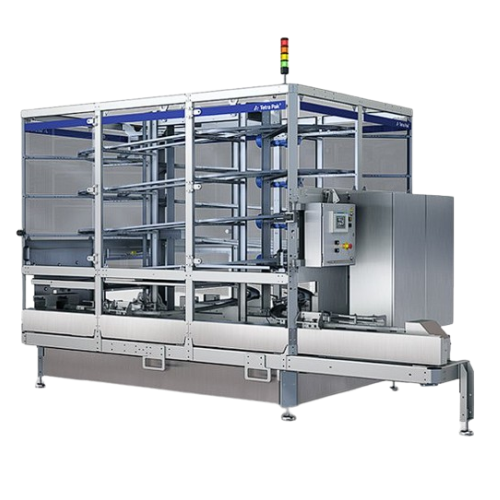
Vertical package accumulator for food and beverage production
Ensure seamless flow and precise order tracking of package...
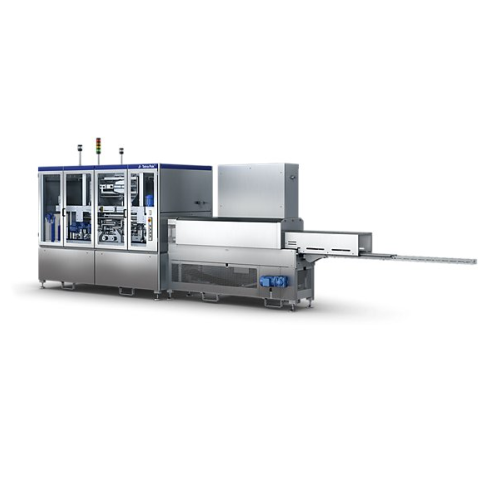
Shrink wrapping system for flex portion packages
Optimize your packaging line with a high-speed shrink wrapping system des...
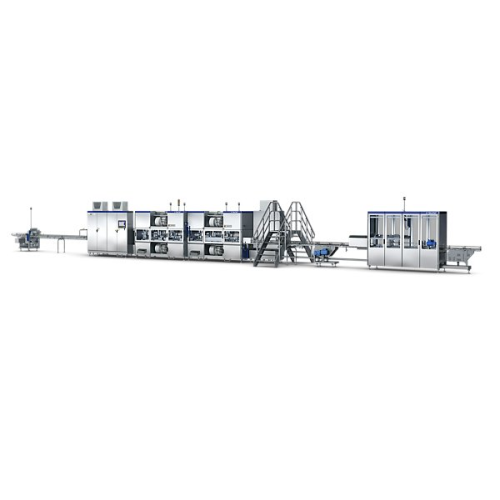
High-speed shrink wrapping system
Enhance your packaging efficiency with a high-speed shrink wrapping system that ensures s...
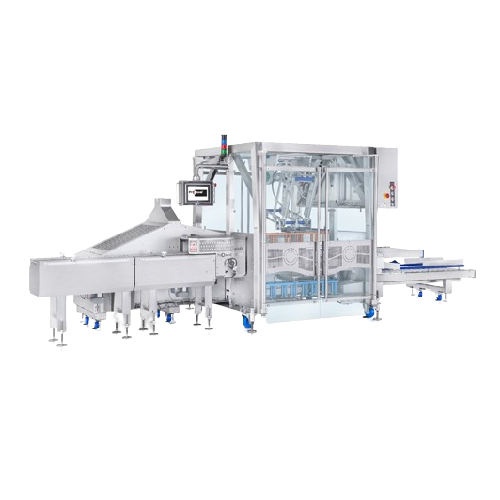
High-speed case packer for crates and boxes
Streamline high-speed packaging with advanced robotics, placing over 140 packs...
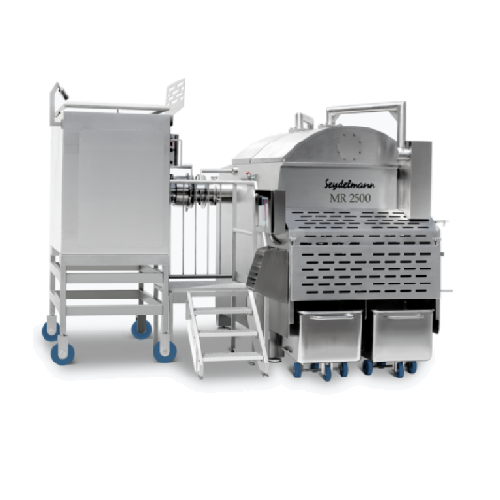
Automated production line for ground meat products
Enhance your meat processing efficiency by seamlessly integrating grin...
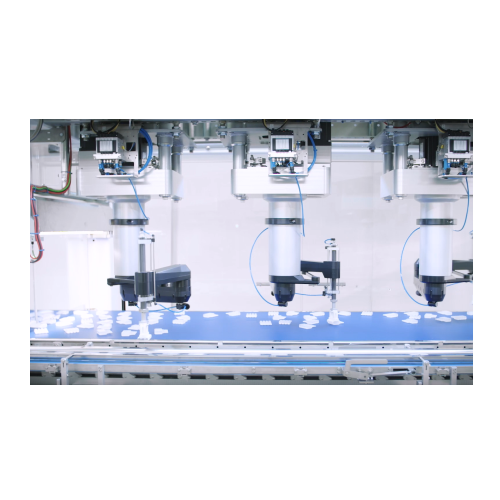
Compact carton packing solution for standardized tasks
Streamline your packaging workflow with a preconfigured solution d...
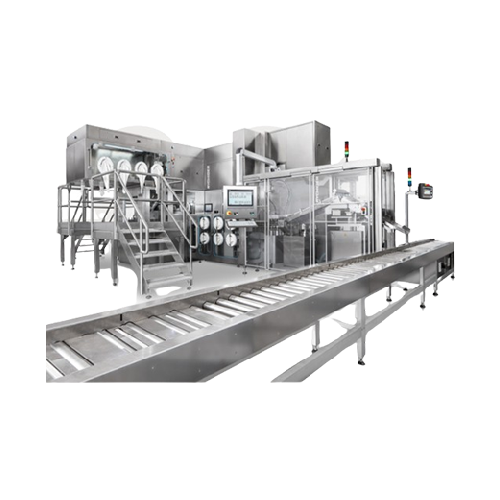
Filling solution for powders and liquids in diagnostics
Simplify precision filling of diverse products, from freeze-dried...
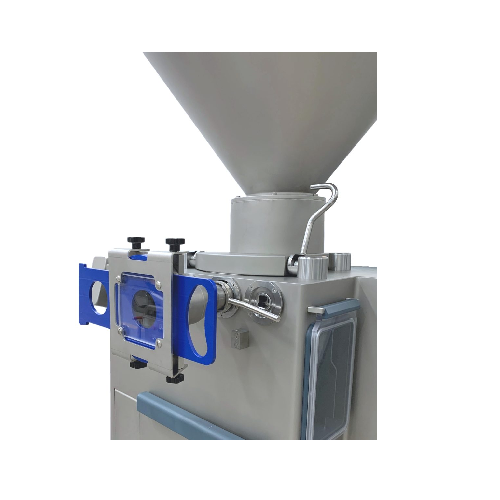
Manual burger former for food production
Streamline your food product shaping process with manual precision, ensuring unifo...
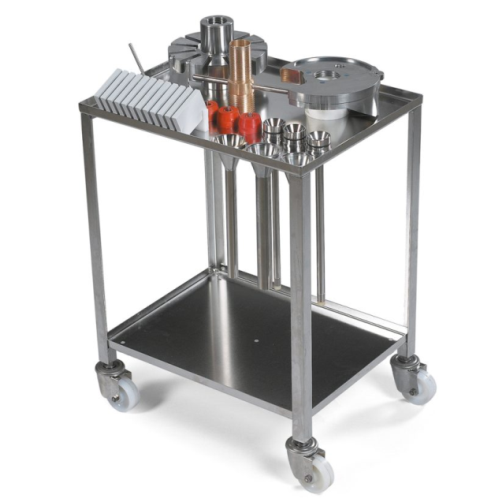
Organized component storage for vacuum fillers
Prevent equipment damage and streamline cleaning operations with a storage ...
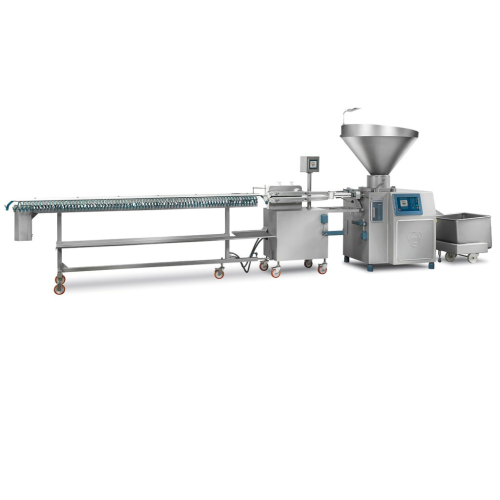
High-speed sausage production system with synchronized hanging
Enhance your high-speed sausage production with precision...
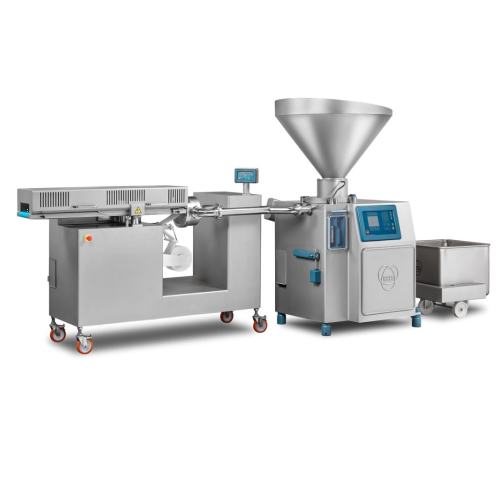
Portioner for ground meat production
Effortlessly streamline your high-volume meat processing with a versatile system desig...
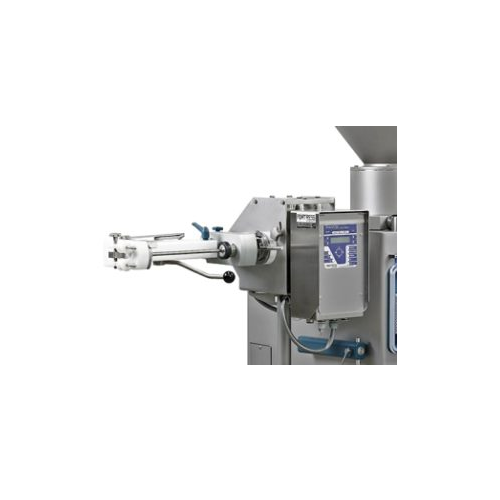
Metal detection system for twisted sausages production
Ensure the safety of your twisted sausage production line by detec...
